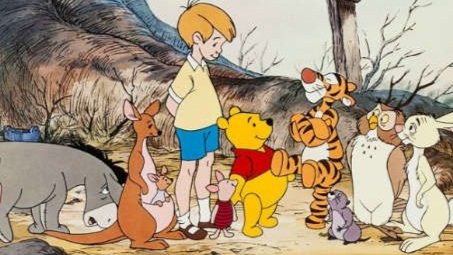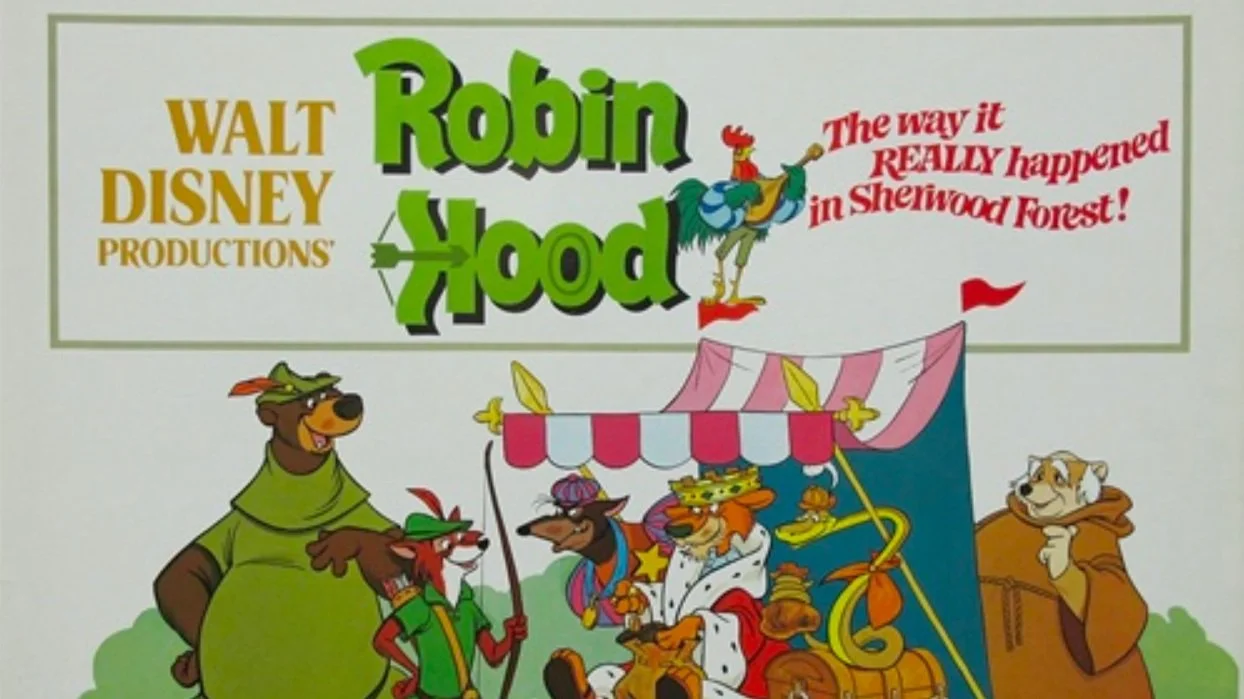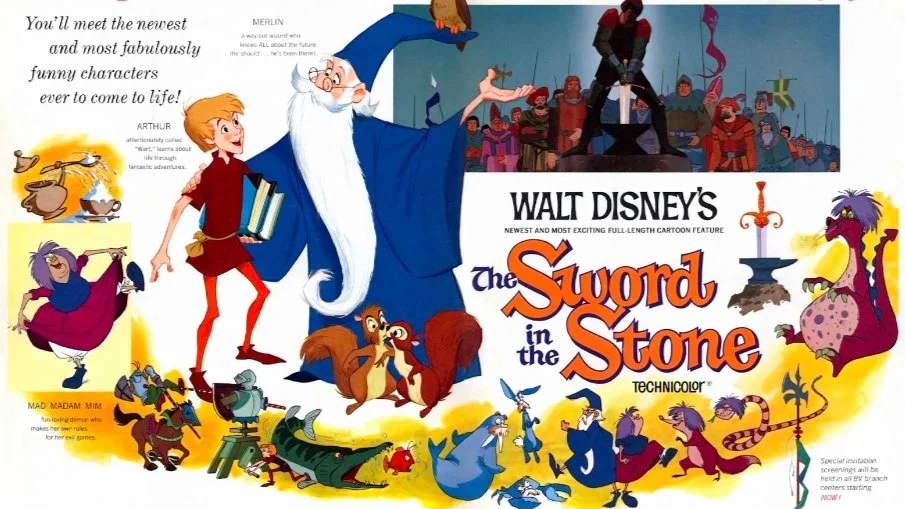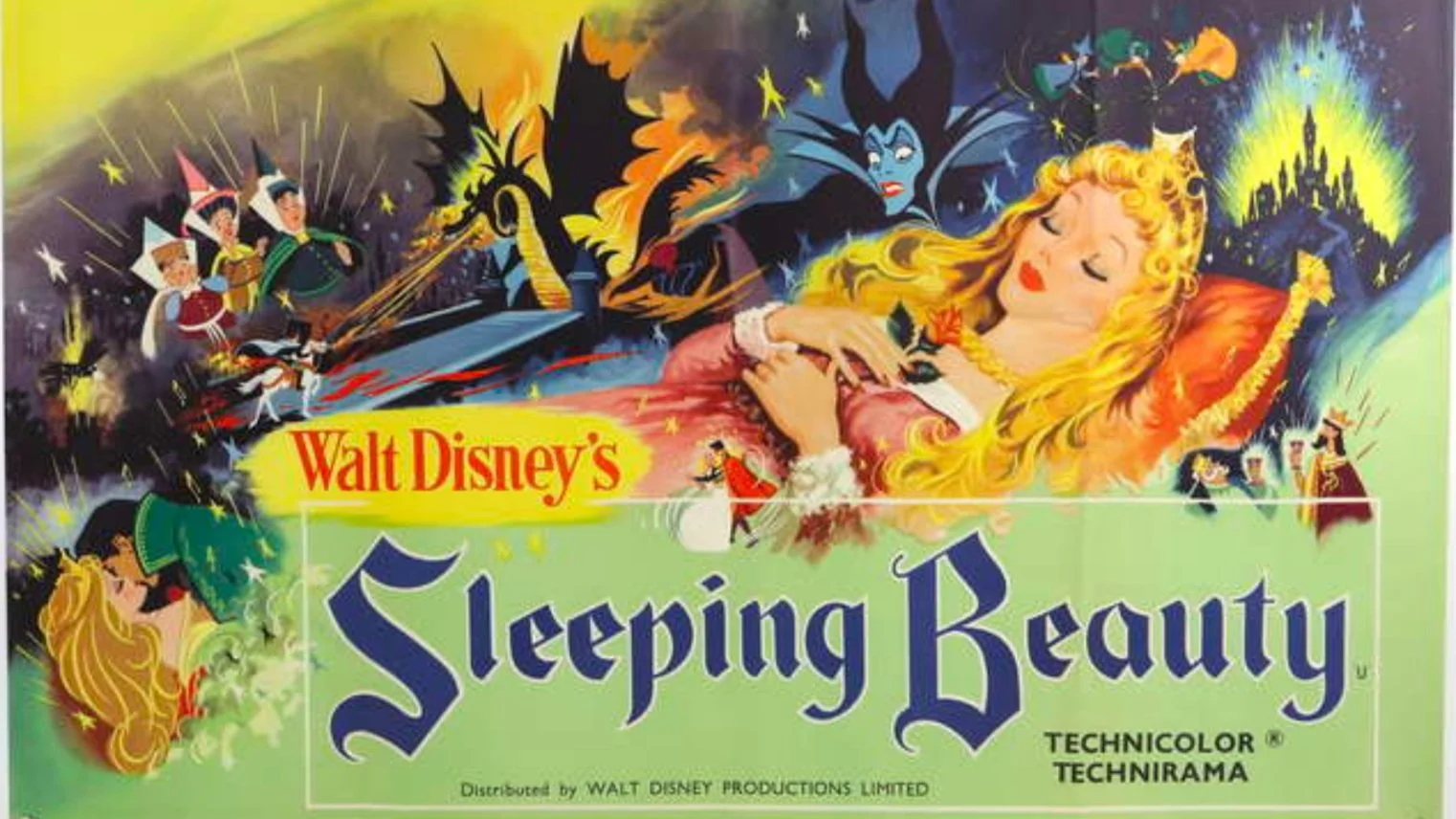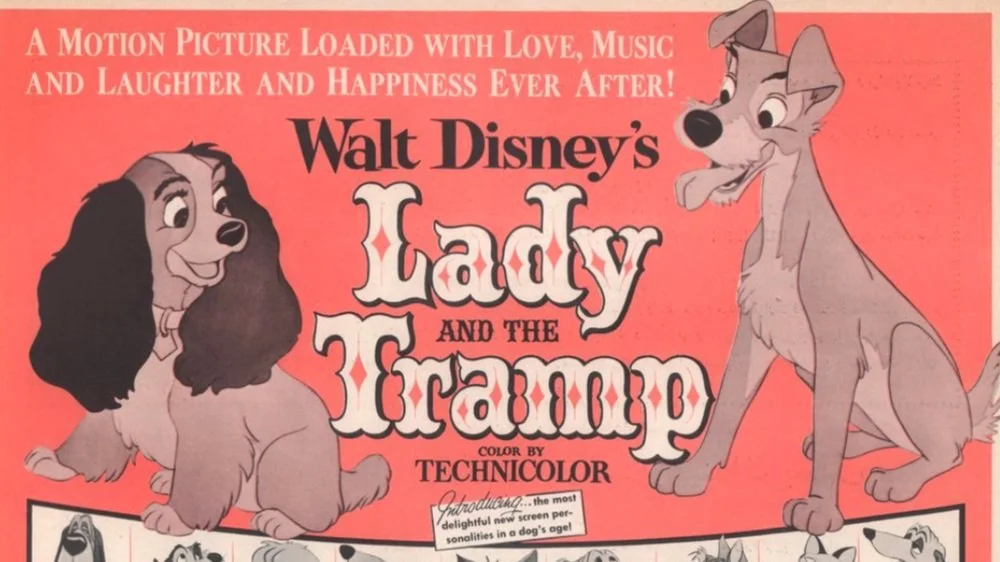Beginner's Guide to Alfred Hitchcock: Saboteur (1942)
Modern day patriotic movies are troubling in ways that most films from the WWII era are not. Maybe nowadays the political atmosphere is so complicated that even our heroes can be problematic and how we portray villains can’t be overly simplistic. Maybe it’s that Nazis and Fascists are just accepted as “Bad Guys” and the Allies as “Good Guys”. Alfred Hitchcock’s 1942 thriller Saboteur is his most patriotic film, filled with passionate pro-America speeches and a genial everyman hero. The film stars Robert Cummings, Priscilla Lane, Otto Kruger, Norman Lloyd, and Alma Kruger. The film was written by Peter Viertel and Joan Harrison, with some help from Dorothy Parker.
Barry Kane (Cummings) is a worker at an aircraft factory. He witnesses the death of his friend Mason during a fire started by a saboteur Fry (Lloyd). Barry is accused of the crime when investigators discover there is no employee with that name. Barry escapes, going on the lam. Barry remembers he had seen an envelope with Fry’s address on it and makes his way there. This leads a to a wild run across America, that eventually leads to Patricia Martin (Lane), a print ad model who wants to turn him in.
The most famous part of Saboteur is its climax atop the Statue of Liberty. The climax features Fry hanging over the side of the torch, with Kane trying to save him. Hitchcock cross-cuts between a wide shot of the statue and the seam of Fry’s shirt ripping. The symbolism of the Statue of Liberty—an icon of American solidarity and freedom—as the setting is a juxtaposition that is pure Hitchcock. He contrasts the large scale of the statue with the tight close-up of the man. In his interview with Hitchcock, Francois Truffaut theorizes that the cross-cutting is a metaphor for American life hanging by a thread. I do like that reading of the scene. I also enjoy Hitchcock’s use of American landmarks, like Mt. Rushmore in North by Northwest.
Hitchcock has his usual complaints about this film that he’s had over his other “minor” films. He didn’t like the casting of Robert Cummings or Priscilla Lane. Their performances work well as two normal people who get mixed up in the conspiracy. The wife of an actor that Hitchcock wanted to play the villain balked at the idea of her husband playing a fascist. Casting issues aside, Hitchcock also questioned some of his choices, like splitting up the couple during a suspense scene. I really enjoy reading his interview with Truffaut but his own self-criticism is especially interesting (Truffaut is also quite frank in his opinions). Seeing Hitchcock dissect these lesser known films is fascinating because it provides not just a look at his mind, but also the Hollywood system in which he had to give some creative control away to the studio.
That being said, I quite like Saboteur as a gung-ho on-the-run thriller. The film is a spiritual successor to The 39 Steps and the prototype continued with North by Northwest (note: NBNW goes from East to West; Saboteur goes West to East). These light but elegantly executed thrillers follow a similar path, but each has unique themes and details. In this film, Barry and Patricia run across a traveling circus whose performers hide them. There’s also a lavish party thrown by the wealthy Mrs. Sutton (Alma Kruger) who is funding the saboteurs. Hitchcock shows the irony of society’s cast-offs like the performers, Patricia and her blind uncle, a world weary truck driver, and Barry himself as honest, patriotic people. The villains, by contrast, are sophisticated, wealthy, and elitist.
Saboteur is not a film I revisit often but it is very entertaining. I’m finding myself drawn more towards minor Hitchcock. As outstanding as Hitchcock’s majors are, I love to see him bristle under the studio constraints and work with actors who weren’t glamorous A-list celebrities. Hitchcock may not have liked all of his choices, but the film he made is seamless and striking. Saboteur has a very endearing patriotic streak, with some beautiful dialogue about American pride. The film might have been pure WWII propaganda but it is an engrossing, and often riveting film.






